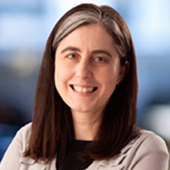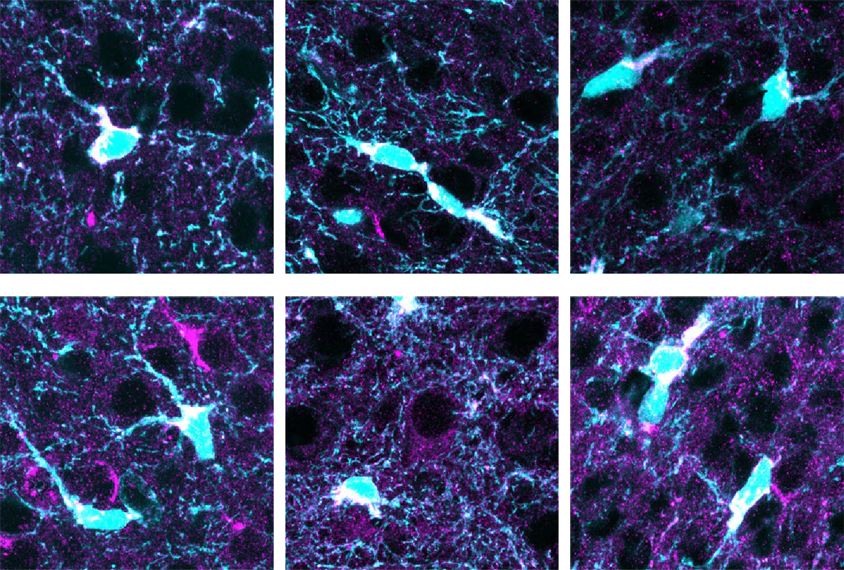Nicola Allen is associate professor of molecular neurobiology at the Salk Institute in La Jolla, California.

Nicola Allen
Associate professor
Salk Institute
From this contributor
How star cells’ secretions may stunt neurons: Q&A with Nicola Allen
Non-neuronal brain cells called astrocytes secrete proteins that seem to hamper the growth of neurons in people with autism-related syndromes. These proteins could be new drug targets, Allen says.

How star cells’ secretions may stunt neurons: Q&A with Nicola Allen
Explore more from The Transmitter
Dispute erupts over universal cortical brain-wave claim
The debate highlights opposing views on how the cortex transmits information.

Dispute erupts over universal cortical brain-wave claim
The debate highlights opposing views on how the cortex transmits information.
Waves of calcium activity dictate eye structure in flies
Synchronized signals in non-neuronal retinal cells draw the tiny compartments of a fruit fly’s compound eye into alignment during pupal development.
Waves of calcium activity dictate eye structure in flies
Synchronized signals in non-neuronal retinal cells draw the tiny compartments of a fruit fly’s compound eye into alignment during pupal development.
Among brain changes studied in autism, spotlight shifts to subcortex
The striatum and thalamus are more likely than the cerebral cortex to express autism variants or bear transcriptional changes, two unpublished studies find.

Among brain changes studied in autism, spotlight shifts to subcortex
The striatum and thalamus are more likely than the cerebral cortex to express autism variants or bear transcriptional changes, two unpublished studies find.